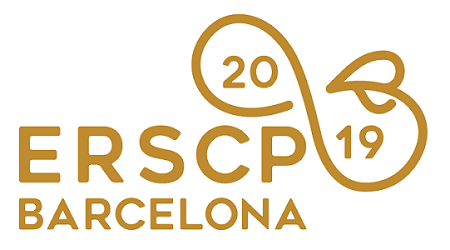Papers Proceedings »
Is It Worth It? Repair of Household Products and Clothing
Increasing product lifespans is one of the most effective environmental strategies, as it has a potential to slow down the consumption cycle and thus prevent waste, and reduce production and transport. Products that get broken easily get their lifespans shortened, and consumers can choose whether they will try to repair them or not. From environmental point of view, it is usually profitable to repair the items, but consumers will have to consider also other aspects. This paper explores consumers’ experiences with repairing household appliances and clothing. Which factors contribute in evaluating whether consumers think it is “worth” to repair an item? This paper is based on a consumer survey of 1196 respondents conducted in Norway between December 2018 and January 2019. The aim of the survey is to map which household products are repaired, and consumers’ motivations and barriers to repair and use of repair services. Of the electronic product groups we focused on, respondents had experienced that cell phones were most commonly broken during the past two years (28%), while 12% had experienced a broken dishwasher or washing machine, and less than 10% a broken refrigerator, freezer, or stove. It was most common to try to repair a washing machine (47% of those that got broken), and least common to repair a freezer (20%). However, almost half of the repair attempts were unsuccessful. Of the 43% of respondents who had repaired or attempted to repair clothing over the past two years, 72% had done this by themselves or through someone they know, 18% had used professional services, such as tailors or delivered to the store, and 11% had used both forms. This means that private clothing repair is at least three times more common than using professional help. We found that consumers assessed whether a product is worthwhile to repair based on three conditions. First the product itself, e.g. how good, nice, new, functional etc. it is; second how easy it is to replace it with something new, both practically and economically, and third, how much the repair costs and how easy it is to get it done. We found differences between consumer groups as well as the products. Advancing technological development makes cell phones outdated faster, thus contributing to that a new one will also be a better product. This does not apply to clothing or white goods to same degree. There are big differences in how easy it is to repair something. The large white goods are harder to transport and are often repaired where they are, thus requiring lot of planning, effort and higher costs. For private repair of clothing, the cost means allocating time, and the prerequisite is to know someone with the knowledge. Higher quality means that a product can be used longer before it needs repair, but in addition, better quality will also increase the profitability of repair and make it more worthwhile. This has political implications on how to promote longer product lifespans in production and through repair.
